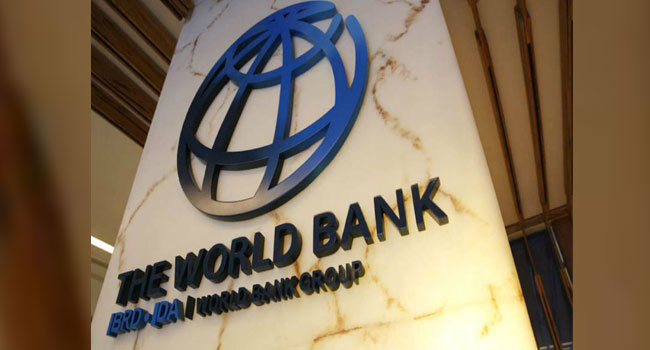A report unveiled Monday (Apr. 15) by the World Bank reveals that one-half of the world’s 75 most vulnerable countries are facing a widening income gap with the wealthiest economies for the first time in this century.
The world’s most vulnerable economies, which are eligible for low-interest loans and grants from the World Bank’s International Development Association, are known as IDA countries.
Over half of all them —39 in all—are in Sub-Saharan Africa.
Over 2020-24, average per capita incomes in half of IDA countries have been growing more slowly than those of wealthy economies.
Despite some progress over the first two decades of this century, significant development gaps persisted. The shock of the pandemic and subsequent overlapping crises has exacerbated the challenges facing IDA nations.
Among them, 31 have per capita incomes of less than $1,315 a year.
The report titled The Great Reversal: Prospects, Risks, and Policies in International Development Association Countries, offers a comprehensive look at the opportunities and risks confronting these 75 countries.
It notes that IDA countries have several important demographic and resource advantages that could—if leveraged effectively—help close development gaps.
IDA nations are home to a quarter of humanity—1.9 billion people.
One out of three IDA countries is poorer, on average, than it was on the eve of the COVID-19 pandemic
The core days of the 2024 World Bank Spring Meetings will be from April 17-19, with ancillary meetings taking place Monday, April 15 through Saturday April 20.



